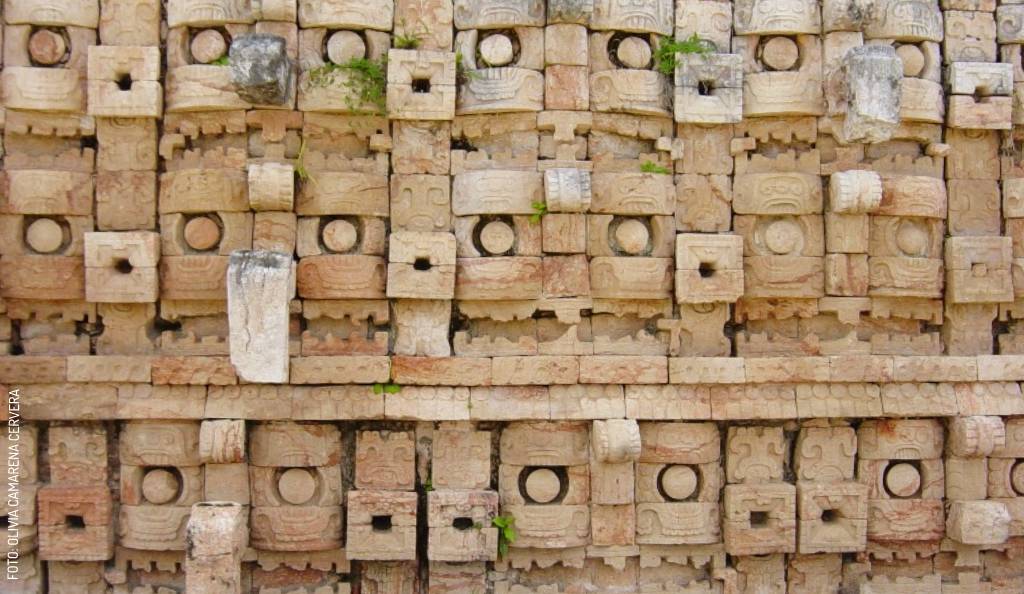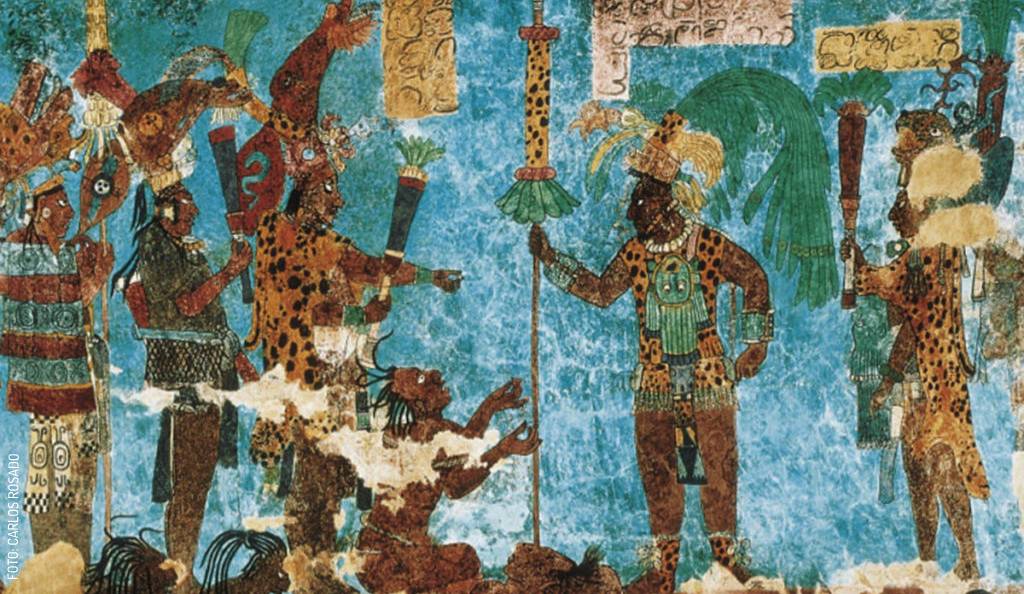
The Fascinating Story of the Vibrant Maya Blue
Nowadays, when we set off on an artistic project, we take for granted the wide palette of colors that modern chemistry and synthetic materials afford us, but this wasn’t always the case.
In antiquity, colors were extracted from natural materials, such as pulverized minerals, the sap of trees, and even pigments found in some animals and insects. As luck would have it, some colors such as red and green are fairly easy to extract. Blue, however…Well, that's a whole other story.
We see the color blue just about every day in nature: in the wide-open sky, in reflective waters, and even in some flowers. But you can’t exactly clip off a piece of sky, and when you collect water it becomes transparent. Blue flowers would seem to be a logical candidate, but it turns out that when you crush them they quickly begin to turn dark and lose their pigmentation.
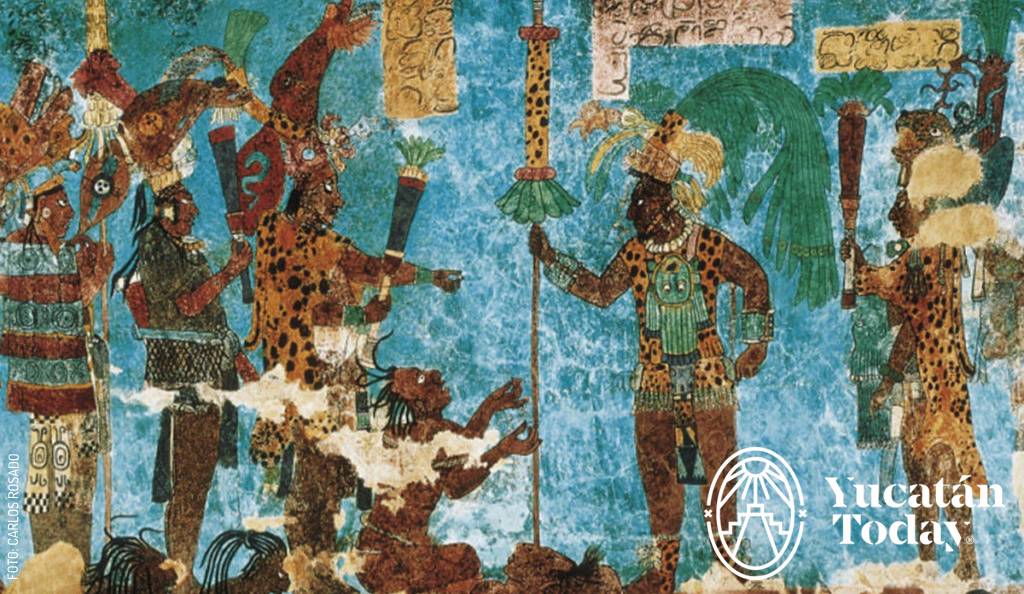 But being the resourceful people that they were, in the 8th century, the ancient Maya found a brilliant solution which today is known as Maya blue. This bright blue pigment was made primarily from a small-leaved plant known as anil that, when combined with a special type of clay found in Mesoamerica, allowed for the creation of a stable blue pigment.
But being the resourceful people that they were, in the 8th century, the ancient Maya found a brilliant solution which today is known as Maya blue. This bright blue pigment was made primarily from a small-leaved plant known as anil that, when combined with a special type of clay found in Mesoamerica, allowed for the creation of a stable blue pigment.
The Maya were quick to put their new invention to good use, and painted majestic stone masks to the rain god Chaac with this beautiful color. They also used Maya blue to produce famous codices like the Chilam Balam and the Dresden Codex. Finally, they used it to paint decorative elements on the façades of grand buildings, and even on amazing murals such as those found in Bonampak.
After the Maya found a way to create blue pigments, this innovation soon found its way across Mesoamerica. The color can still be seen today on the Templo Mayor of the Aztec capital of Tenochtitlán, as well as in colorful murals created by the Tlaxcaltecs of Cacaxtla, famous for their imitation of Maya muralism styles.
When Europeans arrived in the new world, they became interested in how to produce Maya blue for themselves, and soon started to use the pigment in their own works of art.
Because Maya blue was more difficult to produce than pigments brought to the Americas from the old world, this unique color started to be replaced with pigments extracted from minerals such as lapis lazuli. Eventually, the knowledge of how to produce Maya blue would be lost to time and would only be recovered in the modern age.
In recent years, artisans and researchers have teamed up to resurrect the use of Maya blue to create stunning works of art such as paintings and pottery.
So the next time you pick up a blue inked pen, pencil, or watercolor, spare a thought to the ancient Maya, who through their ingenuity managed to pluck this color from nature well over a millennium ago.

Author: Carlos Rosado van der Gracht
Coming from a Mexican/Canadian family, Carlos Rosado van der Gracht is an adventure travel guide, blogger, and photographer with studies in Multimedia, Philosophy, and Translation.
Receive the latest articles and much more from the best of Yucatán in your email!
Related articles
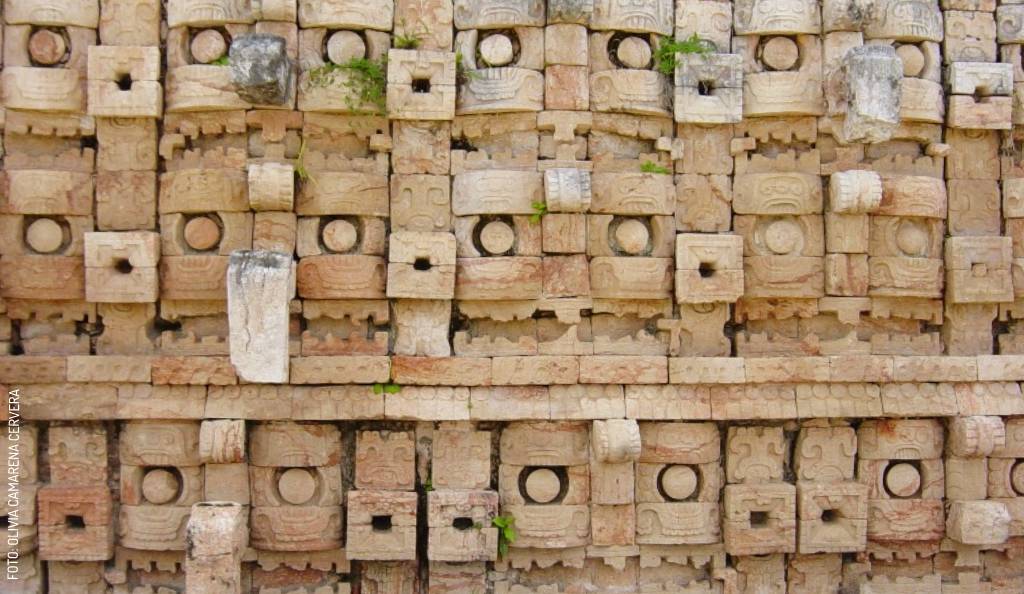
Maya Architectural Styles You Can Find in Yucatán
The most common Mayan architectural styles in Yucatan are the Puuc, Chenes, and Toltec styles.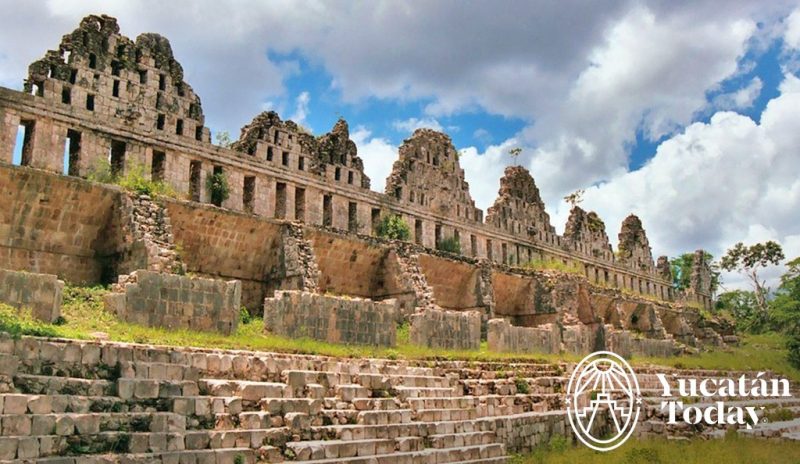
Maya Names and Dynasties
For thousands of years, Maya kings ruled Yucatan. And when I say kings, yes, I mean kings in the plural. Learn about the Maya dynasties.